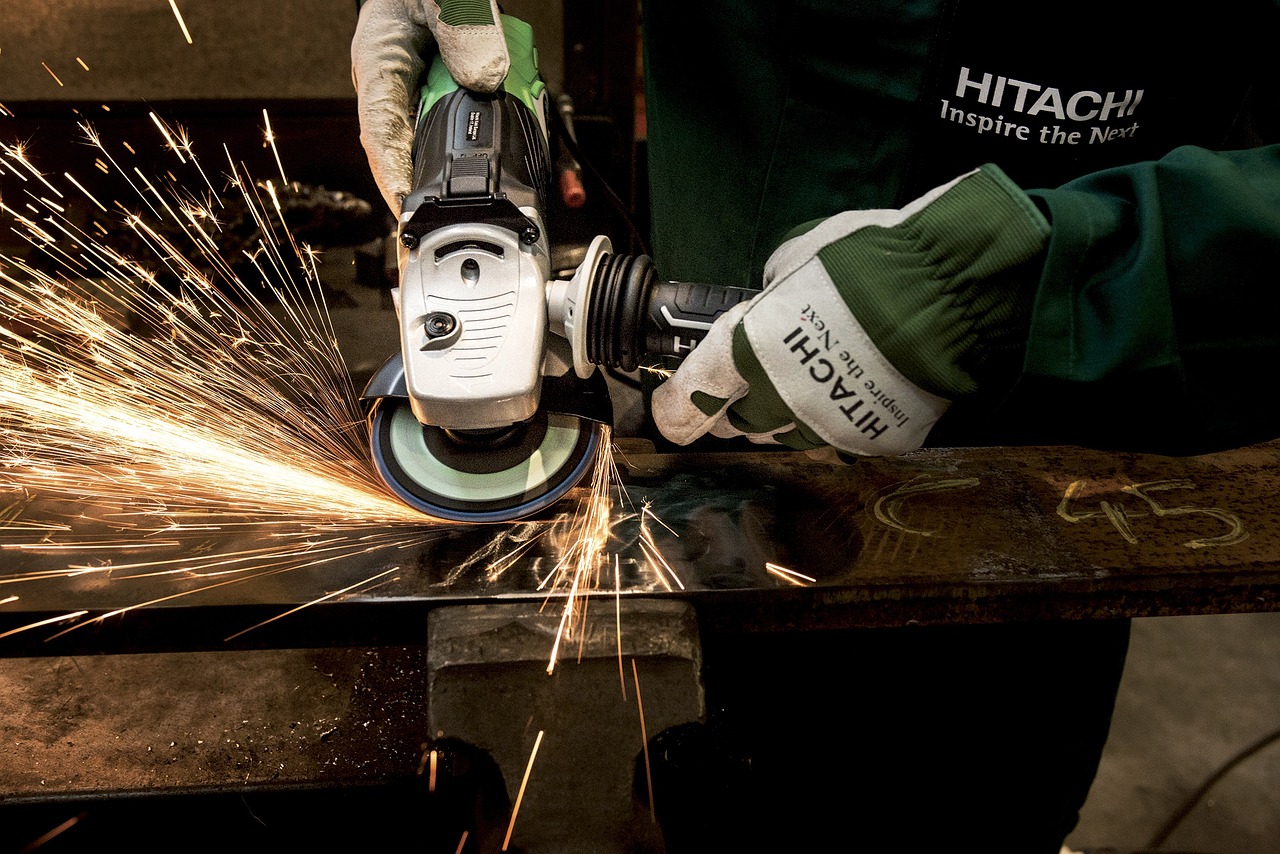Business
Airsoft Gun Market is Expected to Influence Growth By 2028

Airsoft is a competitive team sport and is often confused with paintball that is a similar recreational sport with some differences. Airsoft sport involves two teams which shoot with a spherical plastic projectile and is launched with an animation air weapon called airsoft guns. Airsoft game is a very ethical game when it is compared to paintball because it hurts very less and hits can not be observed. Airsoft gun’s muzzle velocity makes it different then paintball and before every game, an airsoft gun is calibrated and tested with a chronograph which is measured in feet per second. There are some restrictions on FPS which vary and depend upon the game sites and countries.
The continuous rise in enthusiastic and adventure-loving people is the key factor for driving the airsoft guns market. In addition, people are getting disposable incomes to invest in airsoft guns. The guns are available in the market since the 1970s but sport came into existence in the last fifteen years due to its adventurous nature. As air sport is illegal in some countries including the UK, this is limiting the expansion of the airsoft guns market in few countries. But you can find airsoft rifles for sale in Canada due to the air sports popularity in the country.
Global airsoft guns market is segmented on product type, firing action, velocity, firing range, price range, sales channel, and buyer type. The Global guns market is segmented in six regions North America, Latin America, Europe, and the Asia Pacific except Japan, the Middle East & Africa. North America is the largest consumer of airsoft guns and accounts for two-thirds of the global market. In the US, many law enforcement and military training institutions are using airsoft guns for training purpose. The outlook for the airsoft guns market is looking positive on the global level as all the regions are showing a consistent interest in it.
Business
Hustle Division Evolves into HD AI Lab Group: A New Powerhouse in AI-Driven Marketing

Los Angeles, CA — May 8th — Hustle Division, the award-winning agency behind Gold and Platinum campaigns for brands like PrettyLittleThing and Zootiez by Future — and legendary artists like 50 Cent, Snoop Dogg, Warren G, Normani, Saweetie, Tyga, YG, and will.i.am — is officially rebranding into HD AI Lab Group.
This major evolution is led by E.G., a proud Latino entrepreneur, who also owns Zooly.ai, a fast-growing AI company backed by major investors and already trusted by top brands across the NBA, NHL, and entertainment.
HD AI Lab Group brings together creative energy and real AI innovation to help brands, artists, and businesses grow in today’s world.
“This isn’t just a rebrand — it’s the evolution of everything I’ve built, now powered by real AI to shape the future of marketing,” said E.G., Founder & CEO of HD AI Lab Group.
Stay tuned and follow the journey on the newly revamped Instagram: @hustledivision
Media Contact:
info@hustledivision.com
-

 Tech4 years ago
Tech4 years agoEffuel Reviews (2021) – Effuel ECO OBD2 Saves Fuel, and Reduce Gas Cost? Effuel Customer Reviews
-

 Tech6 years ago
Tech6 years agoBosch Power Tools India Launches ‘Cordless Matlab Bosch’ Campaign to Demonstrate the Power of Cordless
-

 Lifestyle6 years ago
Lifestyle6 years agoCatholic Cases App brings Church’s Moral Teachings to Androids and iPhones
-

 Lifestyle4 years ago
Lifestyle4 years agoEast Side Hype x Billionaire Boys Club. Hottest New Streetwear Releases in Utah.
-

 Tech6 years ago
Tech6 years agoCloud Buyers & Investors to Profit in the Future
-

 Lifestyle5 years ago
Lifestyle5 years agoThe Midas of Cosmetic Dermatology: Dr. Simon Ourian
-

 Health6 years ago
Health6 years agoCBDistillery Review: Is it a scam?
-

 Entertainment6 years ago
Entertainment6 years agoAvengers Endgame now Available on 123Movies for Download & Streaming for Free
